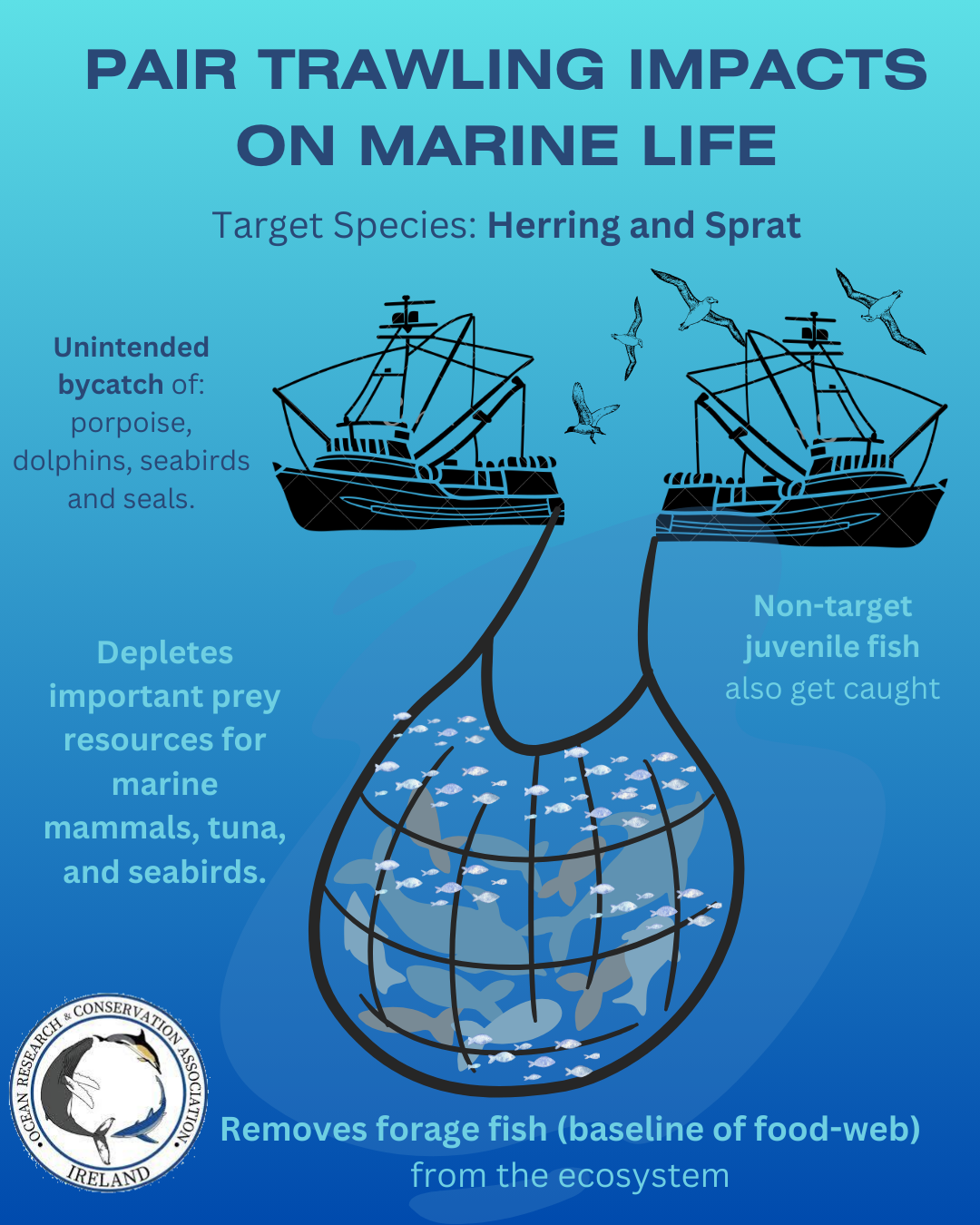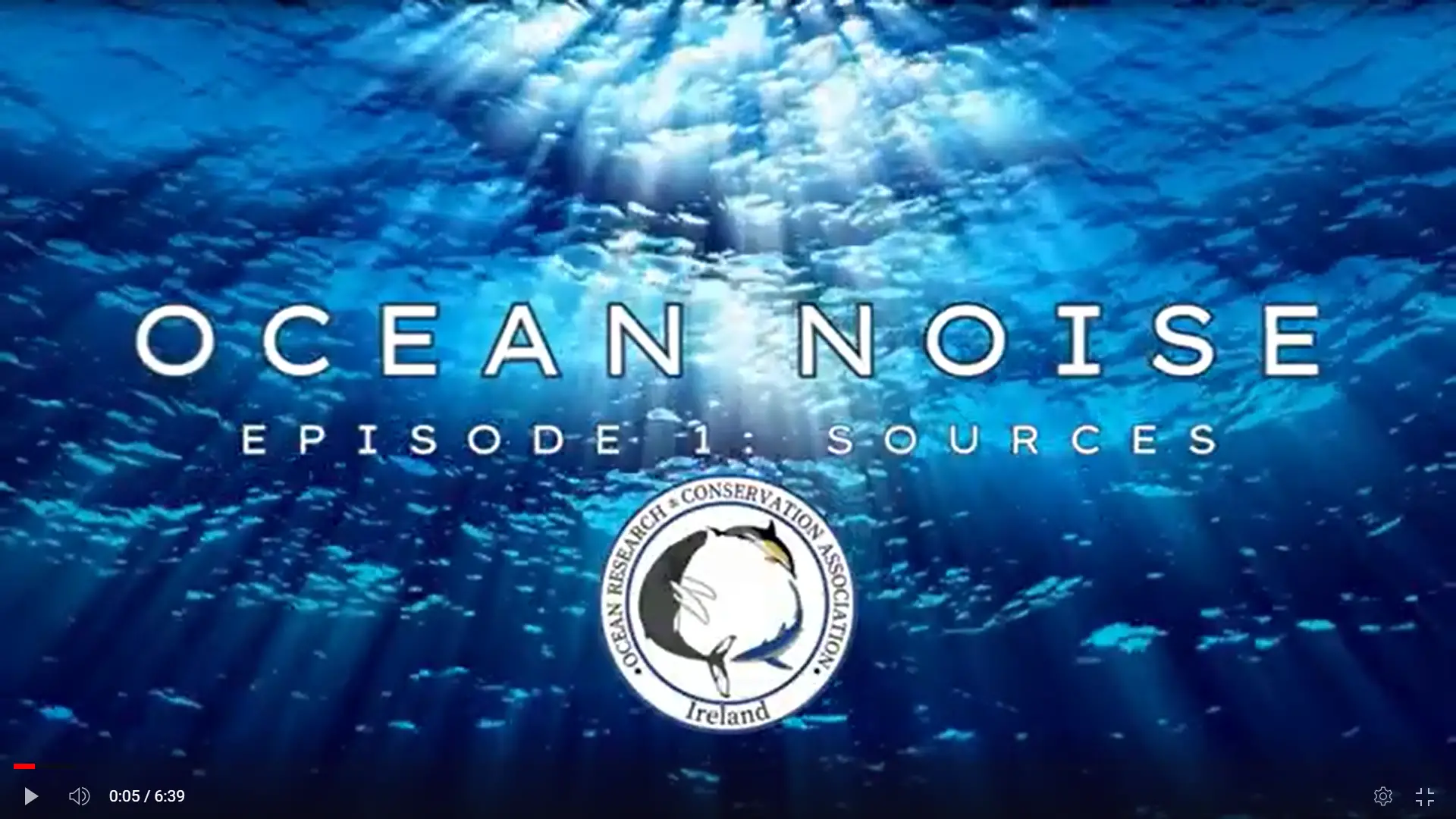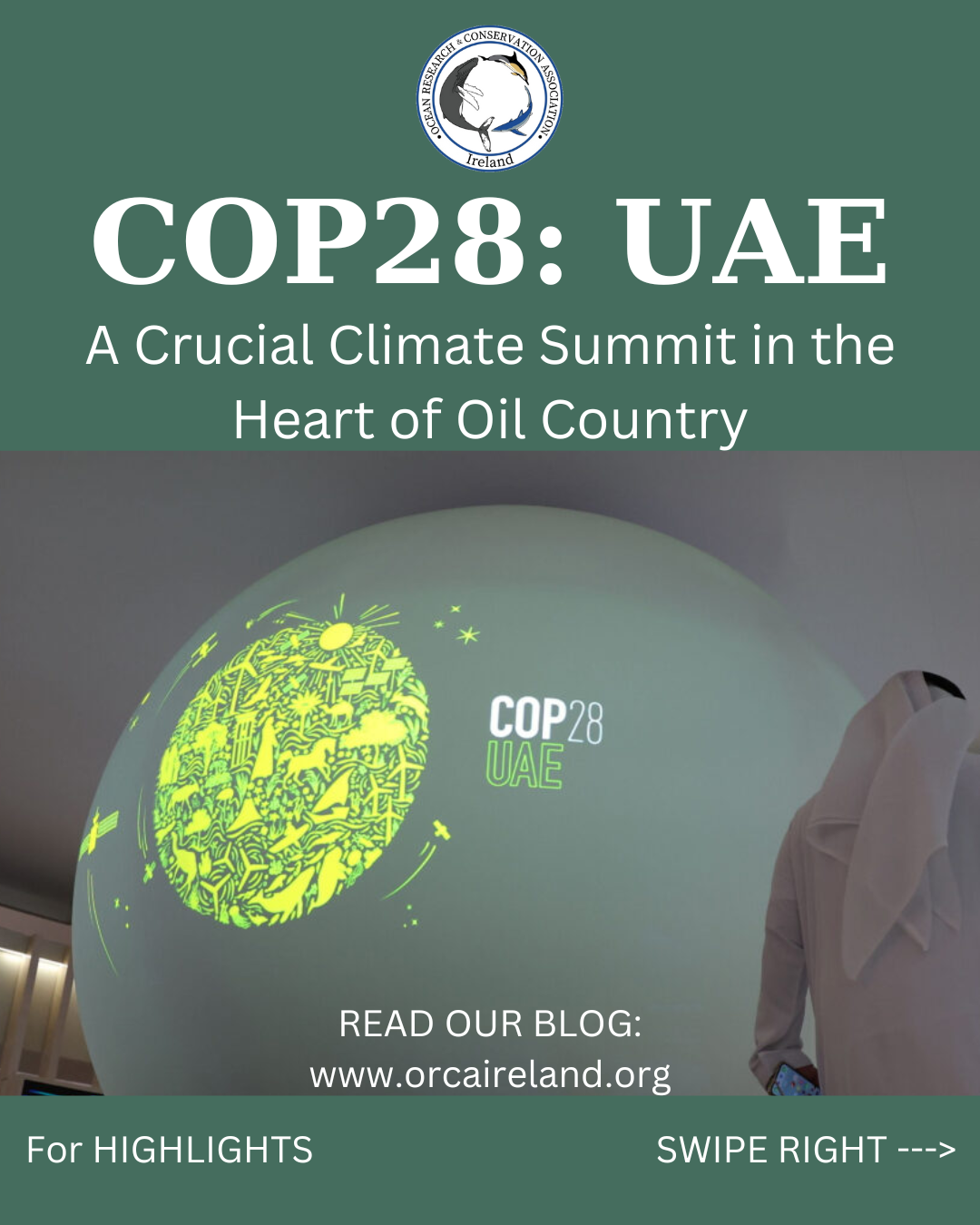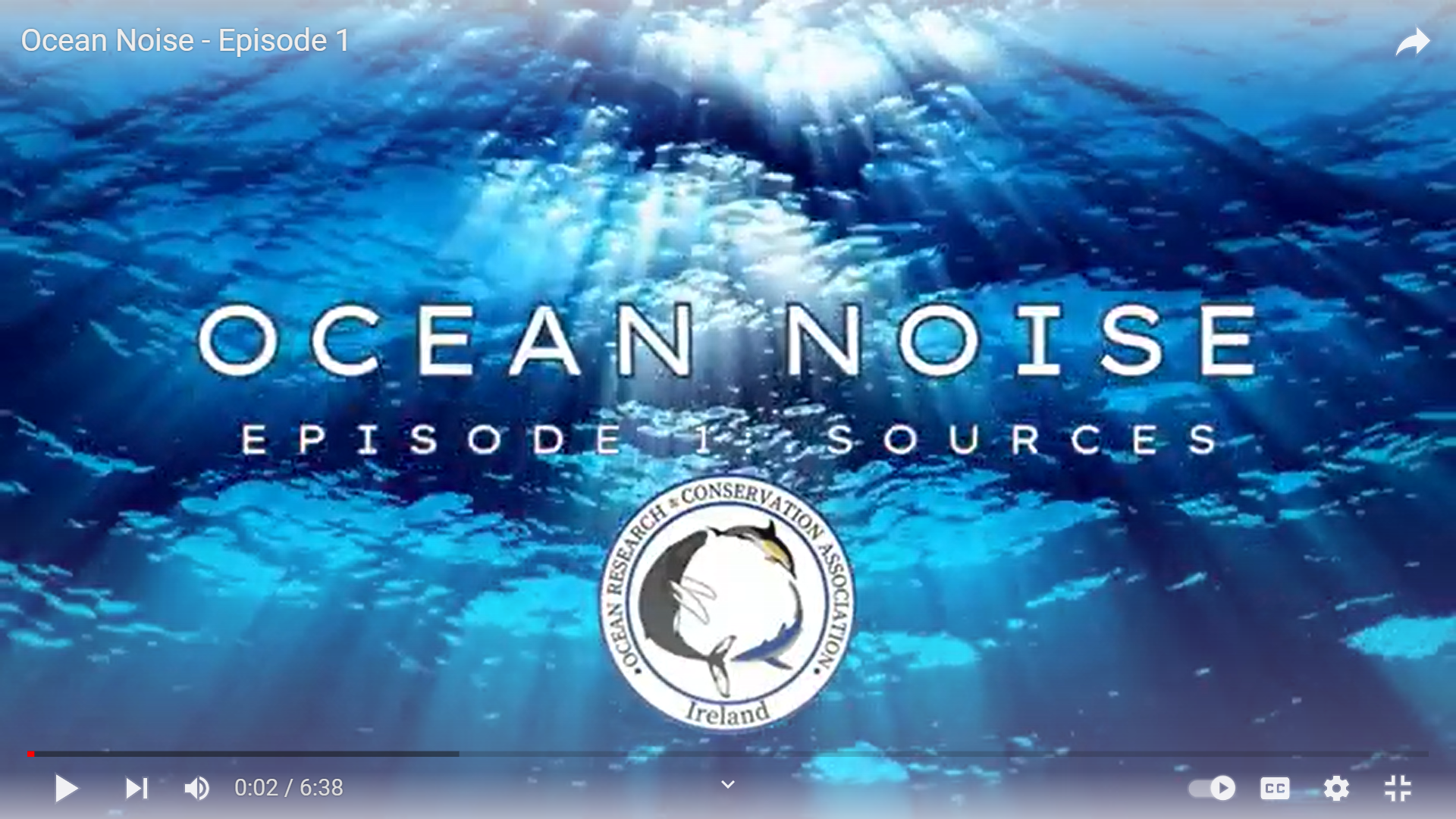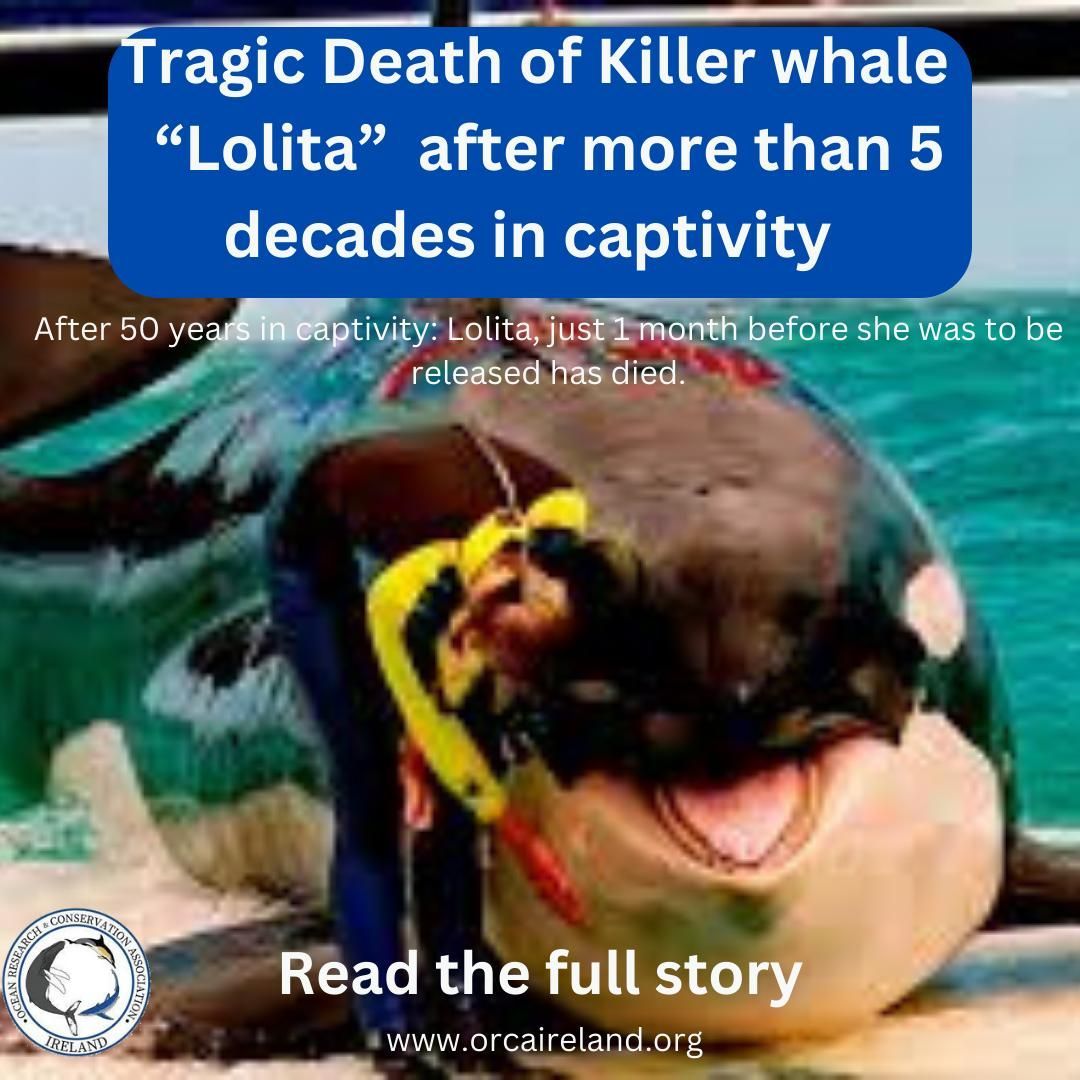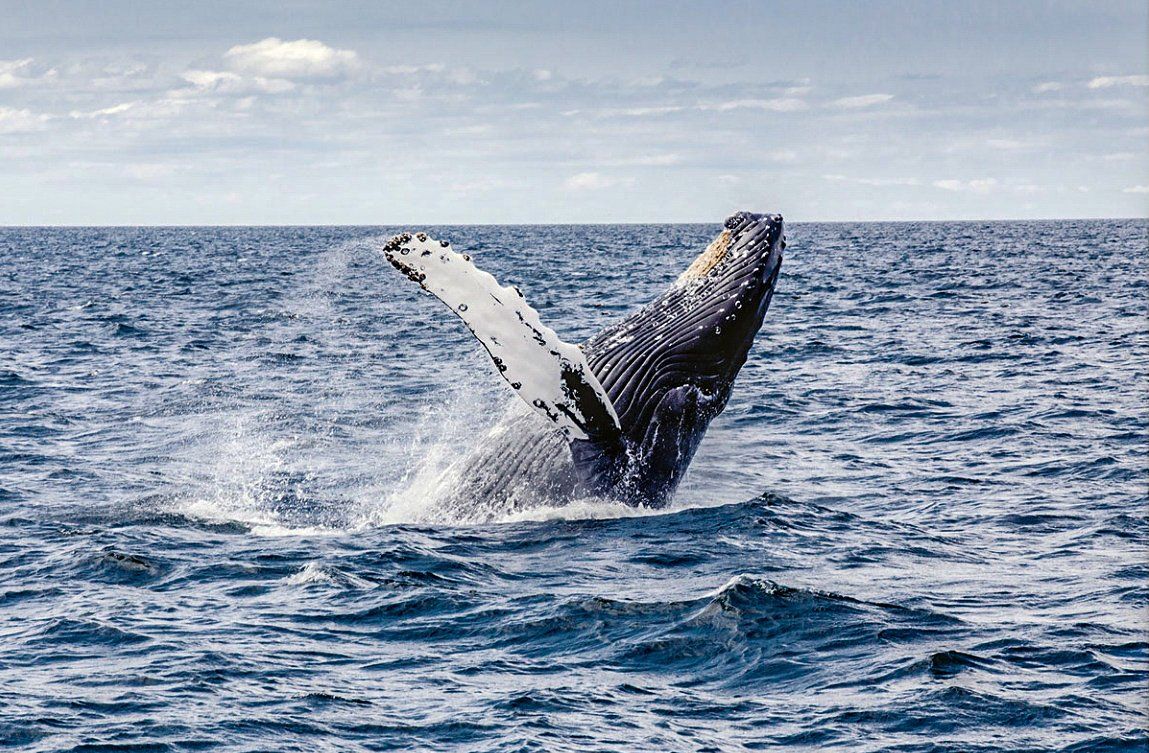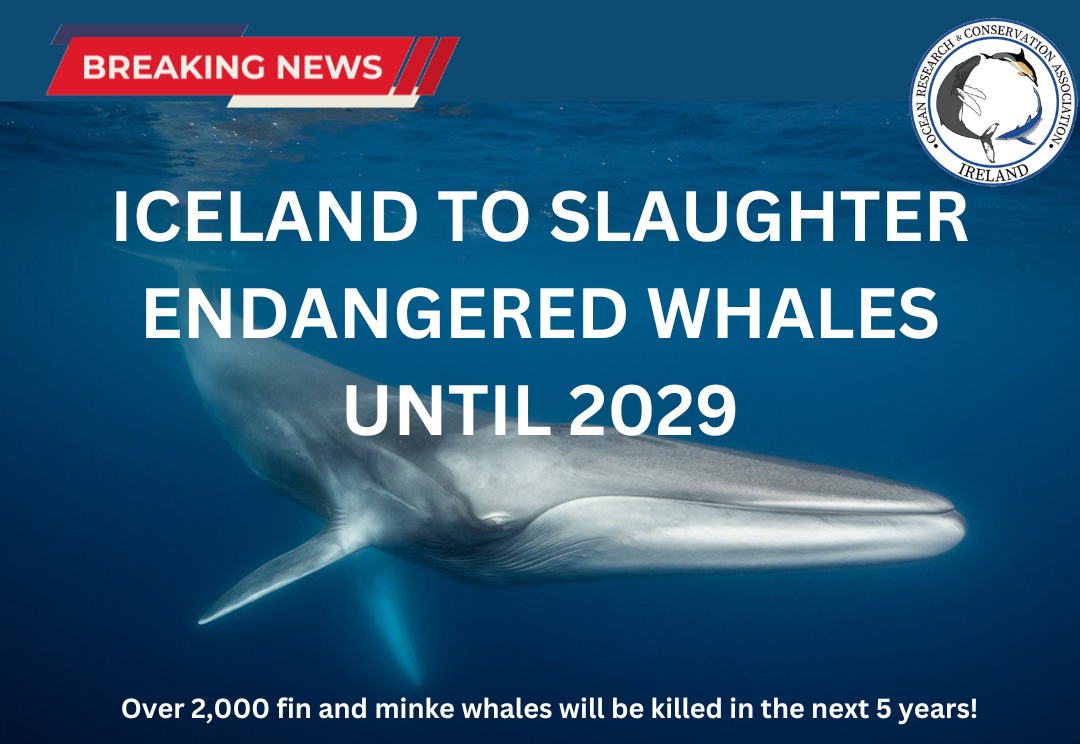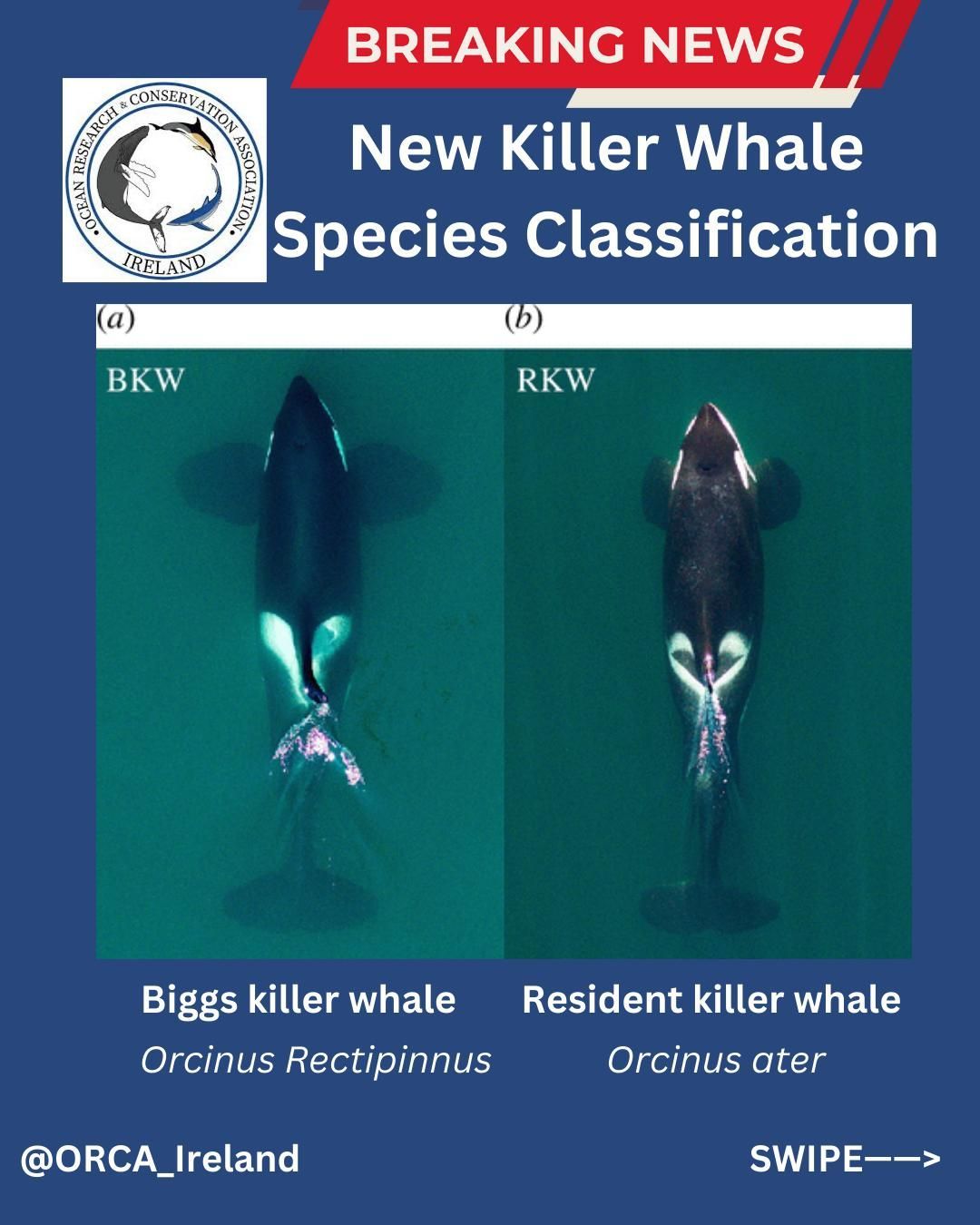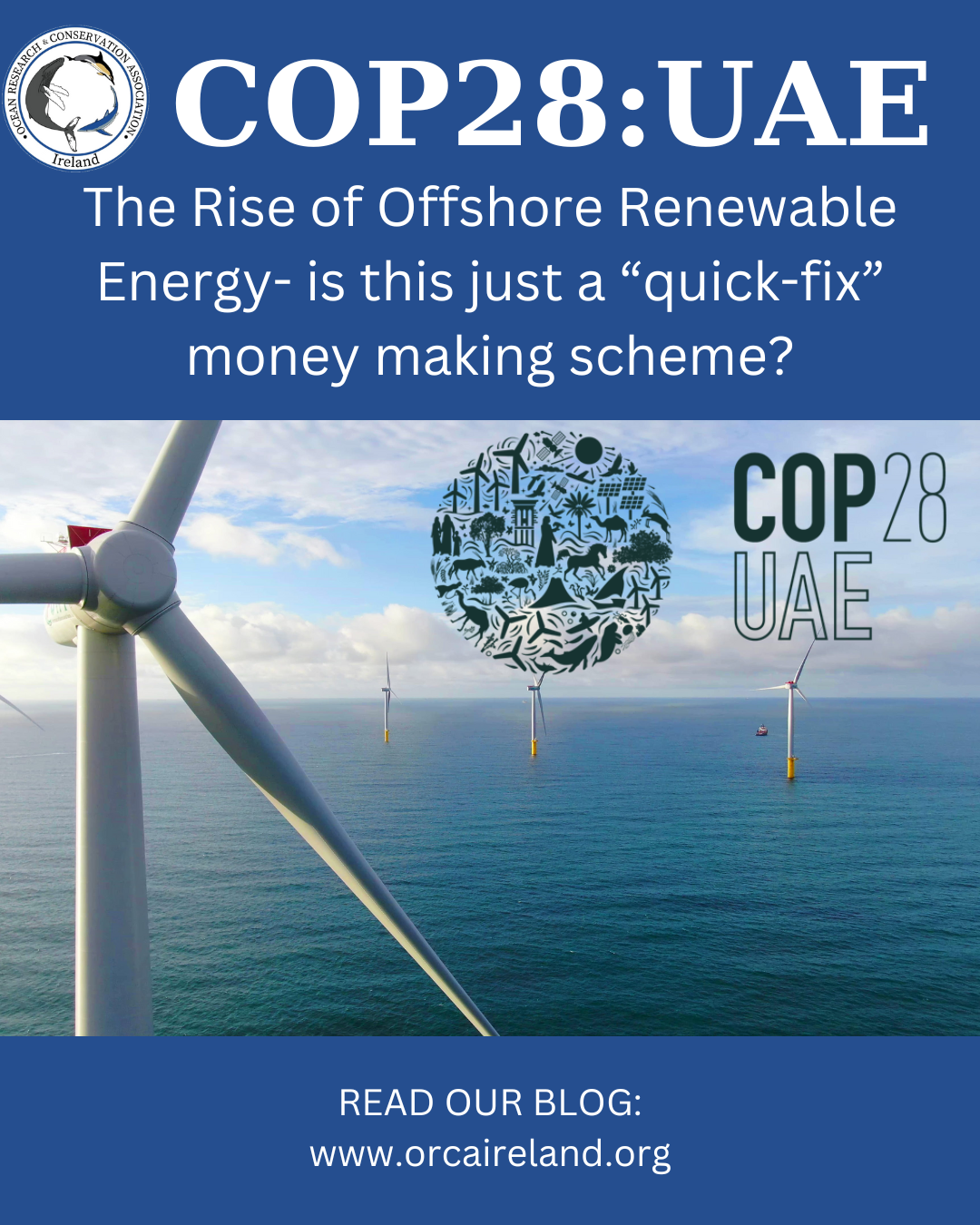WORLD WHALE DAY – *Humpback Special* -
WORLD WHALE DAY - HUMPBACK SPECIAL *-
Emer Keaveney | 18th February 2018.
Giant Leviathans of the ocean are celebrated on World Whale Day, which aims to raise awareness of these magnificent animals. The annual holiday was founded in Maui, Hawaii, in 1980, to honour humpback whales which swim off its coast. It’s the main showcase of the Maui Whale Festival.
You don’t have to visit tropical sea's like those found in Maui to mark this special day. Whales need support from wildlife lovers all around the world to meet conservation threats such as loss of habitat and pollution, so a perfect way to celebrate the day would be to check out your local conservation group, wherever you live. Now you can download the “ORCireland Observers” App for FREE on Google Play and become a citizen scientist by submitting records of animals you see, whether out fishing or going for a coastal walk. You never know what you will see in Irish Waters. You’ll have a “whale” of a time and all in aid a great cause! Once you have downloaded it, sign up via the members tab.
App link: https://play.google.com/store/apps/details?id=com.app.orcireland (only available on Andriod).
This is the 38th Year the World has celebrated the magnificent Megaptera novaeangliae. To celebrate ORCireland has compiled a list of fun facts and interesting characteristics of humpback whales seen in Irish waters.
20 Things You Didn’t Know About Humpback Whales/ Míol mór cruiteach in Irish Waters:
1. The humpback whale is one of 25 species of cetacean (whales, dolphins and porpoise) recorded in Irish waters. The most recent species added to the list, was an arctic bowhead whale ( Balaena mysticetes ) observed off the west coast of Ireland in June 2016.
2. Humpback whales are seen regularly from shore and whale watching trips in Baltimore , west Cork, off the south coast of Ireland, mainly in autumn and early winter, but have been recorded in every month of the year.
3. One unusual occurrence of a Humpback whale in west Cork, occurred off Inchydoney beach, near Clonakilty in June 2015, when an animal around 7-8 metres long and weighing up to 30,000 kg was observed was lunge feeding through large aggregations of sand eels ( Ammodytes ) in water less than 3 metres deep , and within about 20 metres of the shore.
4. The humpback whale is a species of baleen whale; adults range in length from 12–16m and weigh approximately 36,000 kilograms . Six times heavier than a bull elephant and three times heavier than a bus.
5. Humpbacks have 270 to 400 darkly coloured baleen plates on each side of their mouths. The plates range from a mere 46 cm in the front of the buccal cavity to approximately 0.91m long in the back, behind the hinge. Ventral grooves run from the lower jaw to the umbilicus about halfway along the underside of the whale.
6. The humpback whale is a filter-feeder, using sieve-like baleen plates to trap plankton and small marine animals, such as herring and sprat. Unfortunately in Oceans in 2018, this also includes micro-plastics.
7. Humpback whale sightings off the west coast of Ireland have been steadily increasing over the last few years, peaking in 2015. In 2015, 30 new animals were identified for the Irish Humpback Whale Catalogue (an approximate doubling of known animals in Irish waters).
8. The humpback has a distinctive body shape, with unusually long pectoral fins and a characteristic knobbly head due the presence of “tubercles ”, or hair follicles.
9. The Humpback whale is an acrobatic animal known for breaching and slapping the water with its tail and pectoral fins.
10. Scientific studies conducted by “The Irish Whale and Dolphin Group” using Passive Acoustic Monitoring have detected this species "singing" off the west coast of Ireland and it has been suggested that they use the deep waters of the Rockall Trough as a migration corridor.
Check out how they sound! (press ctrl & click)
https://soundcloud.com/captgene/singing-humpback-whale-silver-bank-dr-gene-flipse-170228-
001 https://soundcloud.com/captgene/silver-bank-humpback-whale
11. Humpbacks have been seen off the east, south and west coast of Ireland.
12. Humpbacks have been stranded off the south, west and north coast of Ireland.
13. Sightings of humpbacks in Irish waters are more frequent off the south coast, from Counties Kerry, Cork, Waterford and Wexford.
14. Sighting trends suggest that humpbacks distribution in Irish waters is similar to that of fin whales ( Balaenoptera physalus ). Humpbacks can be seen throughout much of the year but peaks in sightings have been recorded between July-January.
15. Humpbacks are divided into three subspecies: North Pacific, North Atlantic and Southern Hemisphere. It is estimated that there were almost 250,000 humpbacks in the North Atlantic pre-whaling, and today only 12,000.
16. In the North-east Atlantic the humpback whale is considered endangered, and in Ireland is protected under the European Union Habitats Directive, yet there is no protection set in place for humpbacks in Irish waters and their prey, forage fish species such sprat and herring are over- fished, without quotas set in place.
17. The humpback’s average lifespan is 50 years.
18. The humpback whale makes the longest migration between seasonal feeding and breeding areas of any mammal.
19. Breeding grounds in the North Atlantic have also been identified, with several located within the West Indies and a single one around the Cape Verde Islands. Dr. Simon Berrow, chief scientist of the Irish Whale and Dolphin Group has been studying humpbacks in Cape Verde, West Africa to look for photo-I.D. matches to whales in the Irish Catalogue.
20. A study published in October 2017 analysed photo-identification of whale flukes between Icelandic and Norwegian catalogues,. They found four humpback whales had been sighted in both feeding grounds, while matches with Guadeloupe display a higher contribution of Norwegian, than Icelandic whales. The matches between Iceland and Norway may show eastern-North Atlantic feeding humpbacks on a migratory “stop-over” between these high-latitude feeding grounds and lower latitude breeding ground. Furthermore, in May 2007, Dr. Conor Ryan of The Irish Whale and Dolphin Group photographed the fluke of an individual humpback whale off Toe Head Co. Cork, which was found to have a match with a whale seen in Norwegian waters in September 2007.
Thanks for reading this article and HAPPY WORLD WHALE DAY! To keep up to date with news and events Like us on Facebook and follow us on twitter: https://www.facebook.com/oceanresearchconservationireland/
https://twitter.com/orcireland now because it's never too late or too early to become an ocean hero!
© Ocean Research & Conservation Ireland (ORCireland) and www.orcireland.ie , est. 2017. Unauthorized use and/or duplication of this material without express and written permission from this site’s author and/or owner is strictly prohibited. Excerpts and links may be used, provided that full and clear credit is given to Ocean Research & Conservation Ireland and www.orcireland.ie with appropriate and specific direction to the original content.
SHARE THIS ARTICLE
